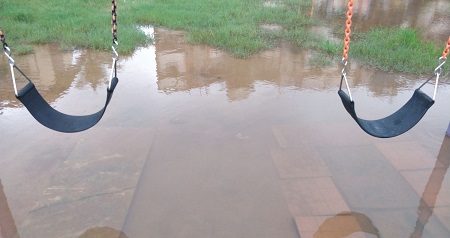
Standing water can cause various health and environmental issues whether it is indoor or outdoor. It causes mosquito breeding, and grass will not raise properly in the standing water area. Moreover, it can be a reason for weak home’s foundation. Standing water is normally caused by two regular problems: low spots in the lawn and poor drainage system.
How to prevent water in crawl space?
When you find the basis causing the excess water in the lawn, you can follow these tips to remove standing water.
- Re-grade:
Expert landscapers can offer an inspection of your lawn’s mess areas, natural drains, and waterways. After a complete inspection, they can detect the spots that should re-grading to stop the excessive water on the lawn.
- Clean your Lawn:
You should also clean your lawn properly, because the trash may disturb the water drainage system. To get rid of debris from the lawn you can use a dethatcher or a simple lawn rake.
- Ventilate your lawn:
After removing debris from the lawn, you can use a lawn aerator to put tiny holes in the surface of your lawn. This will crumble compressed soil to take nutrients, water, and air to the roots of the grass.
- Install a French drain:
A French drain can help you to direct the water out of your house. It can be easily created without a number of tools and materials. You just need to dig a trench to move water outside of your house. When the water is directed through a deep trench that has deep holes with rocks, the water will slowly drain into the surrounding soil or dry well.
- Create a dry creek:
You can also build a dry creek to drain excess water from the lawn. A dry creek is a lane of rock or gravel that directs water out from the house.
- Raise the soil:
You can also improve water drainage by increasing the depth of your lawn boundaries. You can also build planting beds on the boundaries.
Conclusion:
Hopefully after taking a few minutes with our simple guide, you can now start the process of reclaiming your yard. Remember, that when you trying to fix the standing water in your yard, the process takes patience.
